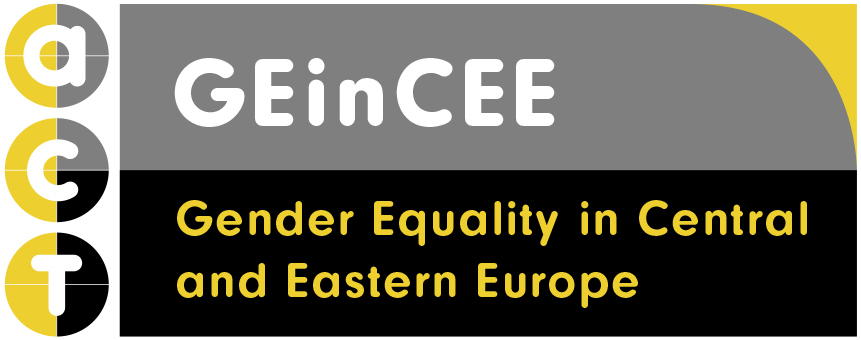
On the 19th of March the members of the GEinCEE CoP took part in the training on implementing Gender Equality Plans with the focus on Central and Eastern Europe (CEE) organised by Gender Equality Academy. With the assistance of Jovana Mihajlović Trbovc and Lorena Pajares, the skilful trainers, participants had a chance to go through the process of implementing a GEP at research organisations and higher education institutions. As having a GEP becomes a requirement to apply for funds in the Horizon Europe framework programme, the workshop attracted many participants from the CoP’s members organisations and a few other higher education intuitions located in Central and Eastern Europe.
After introducing GEPs as eligibility criterion in the next funding programme for research and innovation – Horizon Europe – and pointing to some gender equality problems in research and academia, the trainers moved to discussing the principles of implementing GEPs. To be effective, the process should be participatory, holistic, inclusive, intersectional, visible, flexible and sustainable. It could also apply the feminist perspective to identify all, also implicit forms of gender inequalities. Then participants went through the 6 steps towards an organisational change, from building the alliances and comprehensive data collection, through designing and implementing an organisational GEP to monitoring of its effects and making them sustainable. With the Lotus Blossom method, they looked for possible solutions to gender inequality issues identified in their organisations.

After practical part of the training Jovana and Lorena explained in detail how GEPs should be implemented in RPOs. They particularly focused on the potential risks which can be faced during GEP implementation such as lack of support from the top leaders, lack of funding and adequate resources, resistance to GEP implementation at the intermediate level and lack of institutional or organisational authority to implement GEP. The participants discussed the solutions and measures which could be applied to counteract or minimize the risk.
The final part of the workshop dealt with GEP monitoring and sustainability. After Jovana and Lorena’s introduction on different types of indicators, the participants reflected on how to evaluate and monitor particular GE measures and discussed which type of indicators are difficult to create, especially in the context of their institutions. This led to a debate on the main factors of GEP sustainability and the strategies which can be used in their organizations to facilitate long-term change.
GEinCEE CoP’s members found the training beneficial as it prepared them “to the further processes related to GEP implementation” as well as it was “an occasion to share different approaches and perspectives”.
